Optimal Timing for Foundation Repairs
Foundation repairs are most effectively performed during specific times of the year when environmental conditions are optimal. The ideal timing depends on local climate patterns, soil conditions, and seasonal temperature fluctuations. Understanding these factors can help ensure the longevity and effectiveness of the repair work.
Spring offers moderate temperatures and increased moisture levels, which can facilitate certain foundation repair methods. However, soil expansion during wet seasons may affect repair stability.
Summer repairs are suitable in regions with dry, stable soil conditions. High temperatures can accelerate curing times for some materials but may also cause soil to dry and crack.
Fall provides cooler temperatures and often increased moisture, making it a favorable time for foundation work before winter sets in.
Winter is generally less ideal due to freezing temperatures and soil contraction. However, in milder climates, repairs can be scheduled with proper planning.

Springtime repair projects benefit from moderate weather and soil conditions.
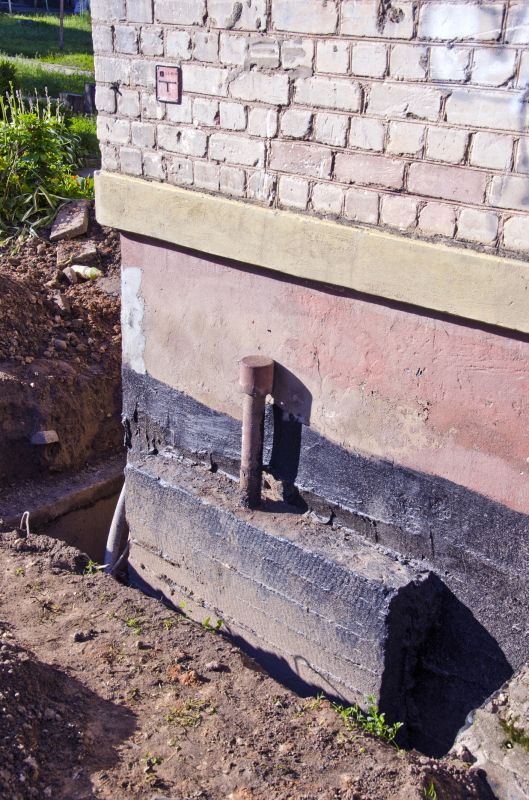
Summer offers warm weather, but dry soil may require additional moisture management.

Fall's cooler temperatures and increased moisture support effective repair work.

Ways to make Foundation Repairs work in tight or awkward layouts.
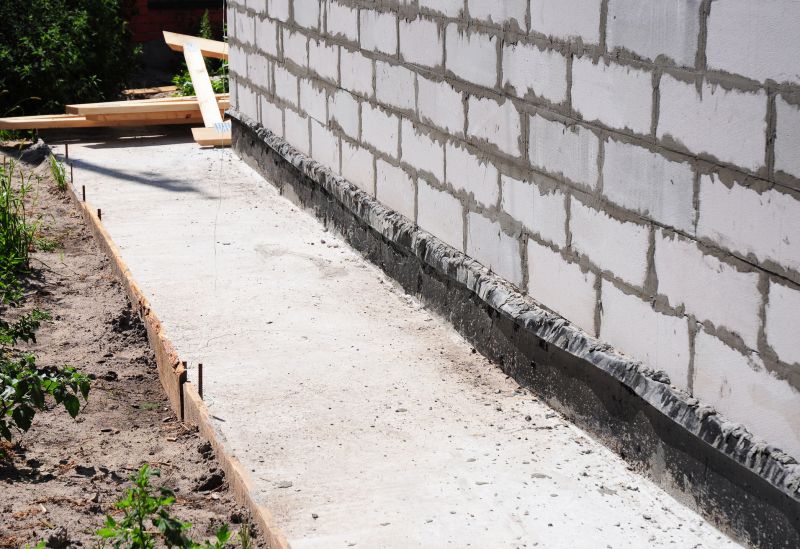
Popular materials for Foundation Repairs and why they hold up over time.
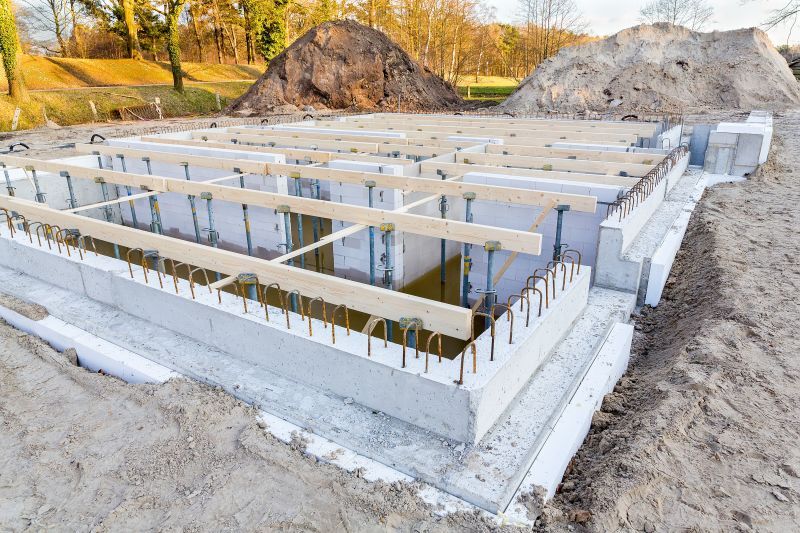
Simple add-ons that improve Foundation Repairs without blowing the budget.

High-end options that actually feel worth it for Foundation Repairs.
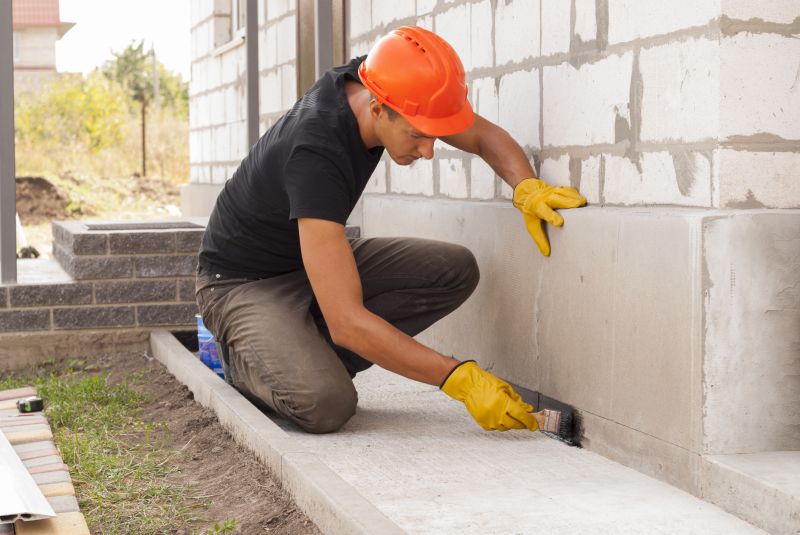
Finishes and colors that play nicely with Foundation Repairs.
Foundation repairs involve addressing issues such as settling, cracking, and shifting that can compromise structural integrity. Timely intervention can prevent further damage and costly repairs. Factors influencing repair timing include soil moisture levels, temperature stability, and seasonal weather patterns. Proper scheduling ensures that repairs are durable and effective, reducing the risk of future problems.
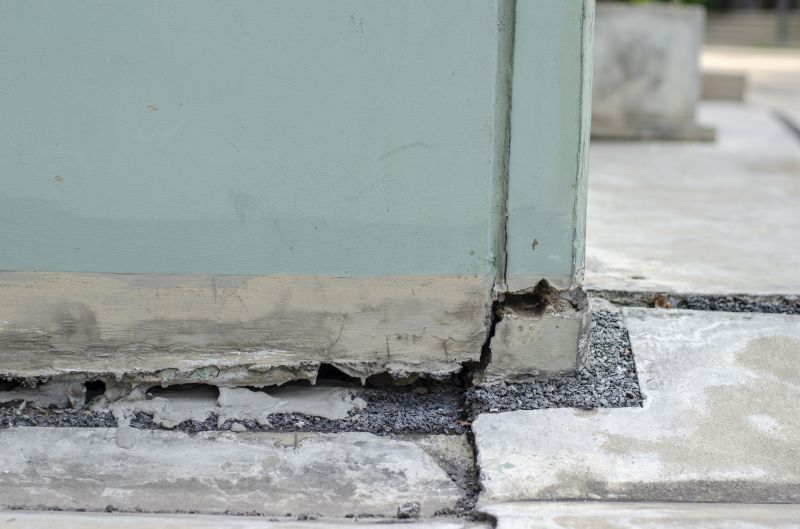
Visible cracks can indicate underlying settlement issues requiring repair.

Soil expansion and contraction can lead to foundation shifts.

Piering is a common method to stabilize and lift sinking foundations.
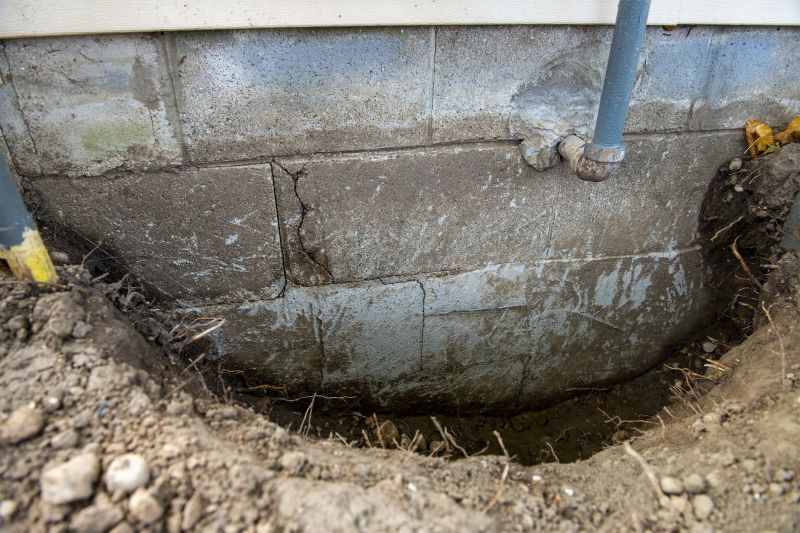
Cracks and bowing in basement walls often signal foundation movement.
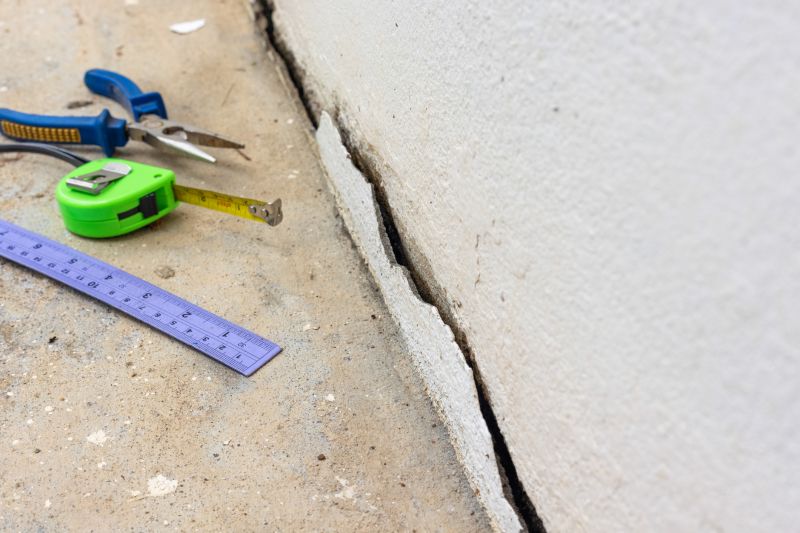
Little measurements that prevent headaches on Foundation Repairs day.

A 60-second routine that keeps Foundation Repairs looking new.

A frequent mistake in Foundation Repairs and how to dodge it.

Small tweaks to make Foundation Repairs safer and easier to use.
| Season | Optimal Conditions |
|---|---|
| Spring | Moderate temperatures and increased moisture |
| Summer | Warm weather with stable soil conditions |
| Fall | Cooler temperatures and higher soil moisture |
| Winter | Challenging due to freezing temperatures and soil contraction |
Proper timing for foundation repairs depends on local climate and soil conditions. Consulting with a foundation specialist can help determine the best window for intervention. Addressing foundation issues promptly can prevent further structural damage and maintain property value.
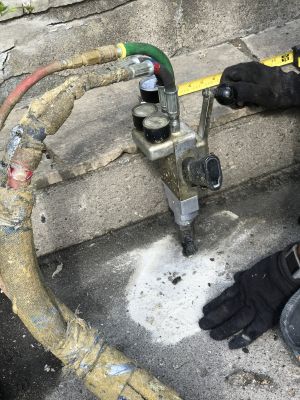
Specialized tools are used to stabilize and lift foundations.

Techniques to manage soil movement during repairs.

A method to seal and reinforce cracks in concrete foundations.

Lower-waste or water-saving choices for Foundation Repairs.

The short, realistic tool list for quality Foundation Repairs.
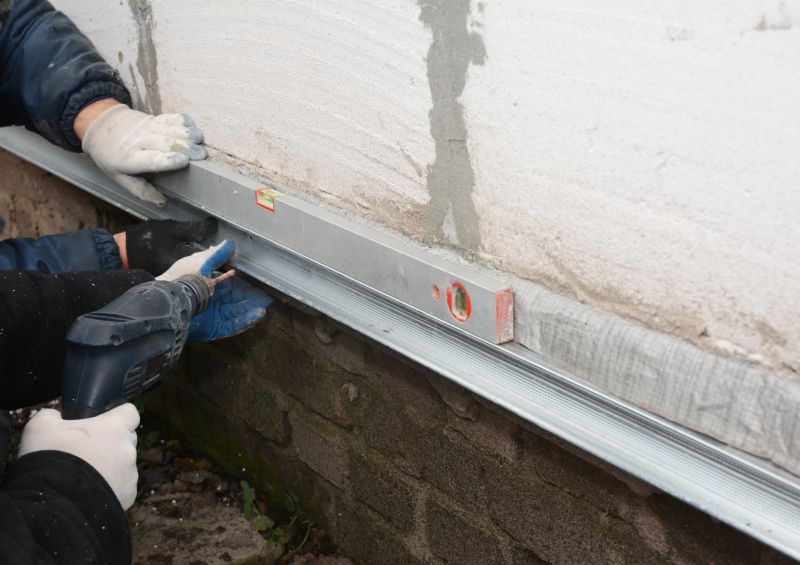
Rough timing from prep to clean-up for Foundation Repairs.

Quick checks and paperwork to keep after Foundation Repairs.

Examples that show the impact a good Foundation Repairs can make.
Interested in foundation repairs? Filling out the contact form can provide more information and help schedule a consultation to assess specific needs and optimal timing for repairs in the Granbury area.
